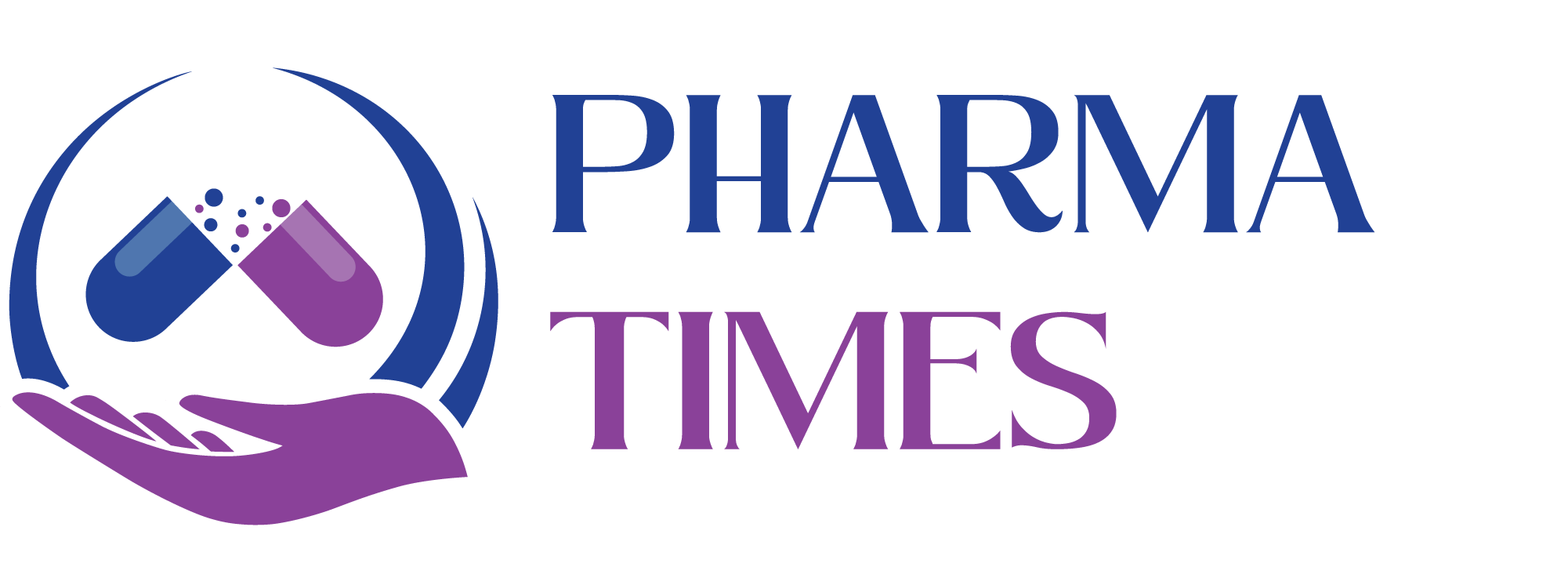The importance of FDA Form 483s and Warning Letters in Pharmaceuticals

The Importance of FDA Form 483s and Warning Letters in Pharmaceuticals
1. What is FDA Form 483?
-
FDA Form 483, “Inspectional Observations,” is issued by FDA inspectors to company management at the end of an inspection.
-
It lists potential violations of the Food, Drug, and Cosmetic Act (FD&C Act) and cGMP regulations (21 CFR Parts 210 & 211 for drugs).
-
It is not a final determination of non-compliance, but it highlights issues that need corrective action.
2. What is a Warning Letter?
-
A Warning Letter is a more serious enforcement action issued if FDA finds that the company’s response to the 483 is inadequate or ineffective.
-
It indicates significant regulatory violations and requires prompt corrective action.
-
Unlike 483s, Warning Letters are publicly available on the FDA website, which can impact reputation and trust.
3. Importance of FDA Form 483s
-
Early Signal: Provides companies an opportunity to identify and correct GMP deficiencies before regulatory escalation.
-
Continuous Improvement: Drives corrective and preventive actions (CAPA) to strengthen the quality system.
-
Risk Mitigation: Helps prevent product recalls, import alerts, and consent decrees.
-
Inspection Readiness: Encourages companies to adopt a proactive compliance culture.
4. Importance of Warning Letters
-
Public Exposure: Since they are published online, they can damage a company’s reputation, investor confidence, and business relationships.
-
Regulatory Consequences: May lead to product recalls, import bans, consent decrees, or even plant shutdowns if not addressed.
-
Global Impact: Many other regulatory agencies (EMA, MHRA, WHO) review FDA Warning Letters to make decisions about facility approval.
-
Quality Culture Signal: A Warning Letter indicates systemic compliance failures (e.g., data integrity, inadequate CAPA, poor investigations).
5. Common Issues Leading to 483s & Warning Letters
-
Inadequate investigations of OOS/OOT results.
-
Poor data integrity practices (backdating, undocumented entries).
-
Insufficient cleaning validation or cross-contamination control.
-
Deficient quality systems (QMS not robust).
-
Incomplete batch records and documentation errors.
-
Lack of proper training and qualification of personnel.
6. Lessons for the Industry
-
Treat 483s as opportunities, not just observations.
-
Respond within 15 working days with a detailed, corrective action plan.
-
Ensure systemic fixes, not just quick patches.
-
Build a strong Quality Culture to prevent recurring violations.
✅ Summary
-
FDA Form 483s = Early warning system → Correct issues before escalation.
-
Warning Letters = Serious regulatory consequence → Signal systemic compliance failures with business and reputation risks.
🎓 Discover one of the best Complete Pharmaceutical Quality Assurance Course available —click below to explore the course that’s shaping future in QA Course skills.

